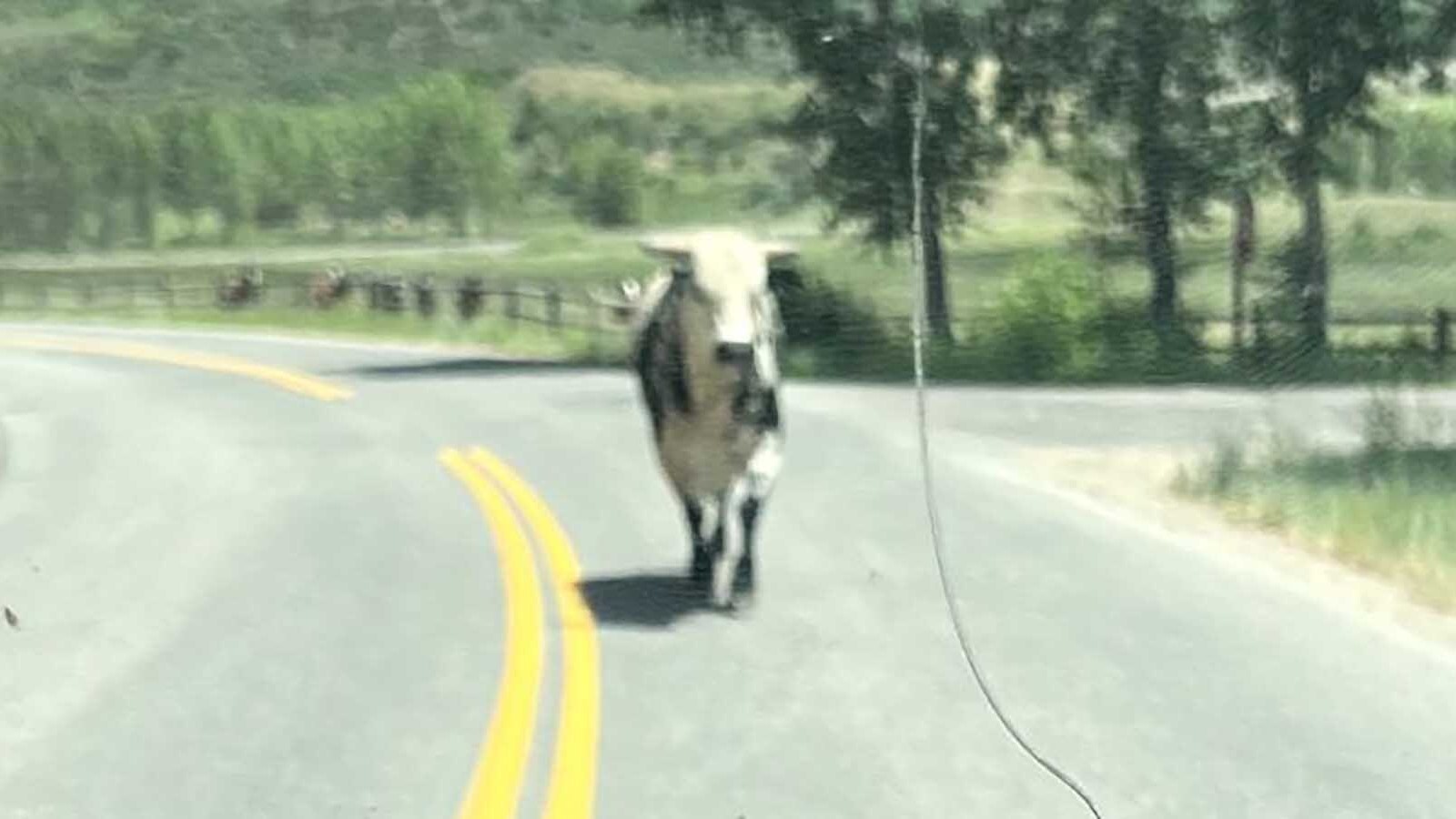It was last year when the 17-year periodic cicadas emerged from their cocoons and annoyed many (at least on the eastern portion of the country) with their constant buzzing.
So, if these bugs emerge only once every two decades, why are we hearing them at night in Wyoming this year?
According to University of Wyoming professor and entomologist Scott Schell, cicadas are emerging right now because they are trying to keep predators from tracking their life cycles. The state actually is not home to the long-living cicadas that emerge once every 10-plus years.
“The various cicada species that have been emerging in noticeable numbers in various parts of the state are mainly the proto-periodic species,” Schell said. “It is thought they have random mass emergences so their predator’s populations can’t track and depend on them.”
There are more than 20 species of cicada in Wyoming. They usually live anywhere from two to five years and are typically found in sagebrush, grassland and shrubby areas.
“Like most insects their maturation has to do with degree day accumulation, meaning that temperatures above a certain threshold allow for faster growth to adulthood,” Schell said.
While they are quite easy for most people to hear, especially in the evening, they are much harder to spot.
Schell said there are three different life cycles for cicadas: annual (which is self-explanatory), periodical (ones that emerge together after a long period of time, such as the 17-year Magicicada species) and proto-periodical, which is what Wyomingites are hearing this summer.
The two largest cicada species in the state are the giant grassland cicada and dog-day cicada. Both insects are close to two inches long with wingspans of over four inches, according to previous writings by Schell.
According to Wyoming outdoors writer Amber Travsky, cicadas don’t bite, sting or otherwise attack humans. They also do not eat plants or flowers, but instead subside on sap from trees and shrubs.
The Environmental Protection Agency said cicadas actually provide some environmental benefits, such as being valuable food sources for birds and other predators, aerating lawns and improving water filtration into the ground and adding nutrients to the soil as they decompose.
Pesticides are also ineffective against them, the EPA said. Plus, since so many emerge at the same time, the ones killed by pesticides will just be replaced with new cicadas.





